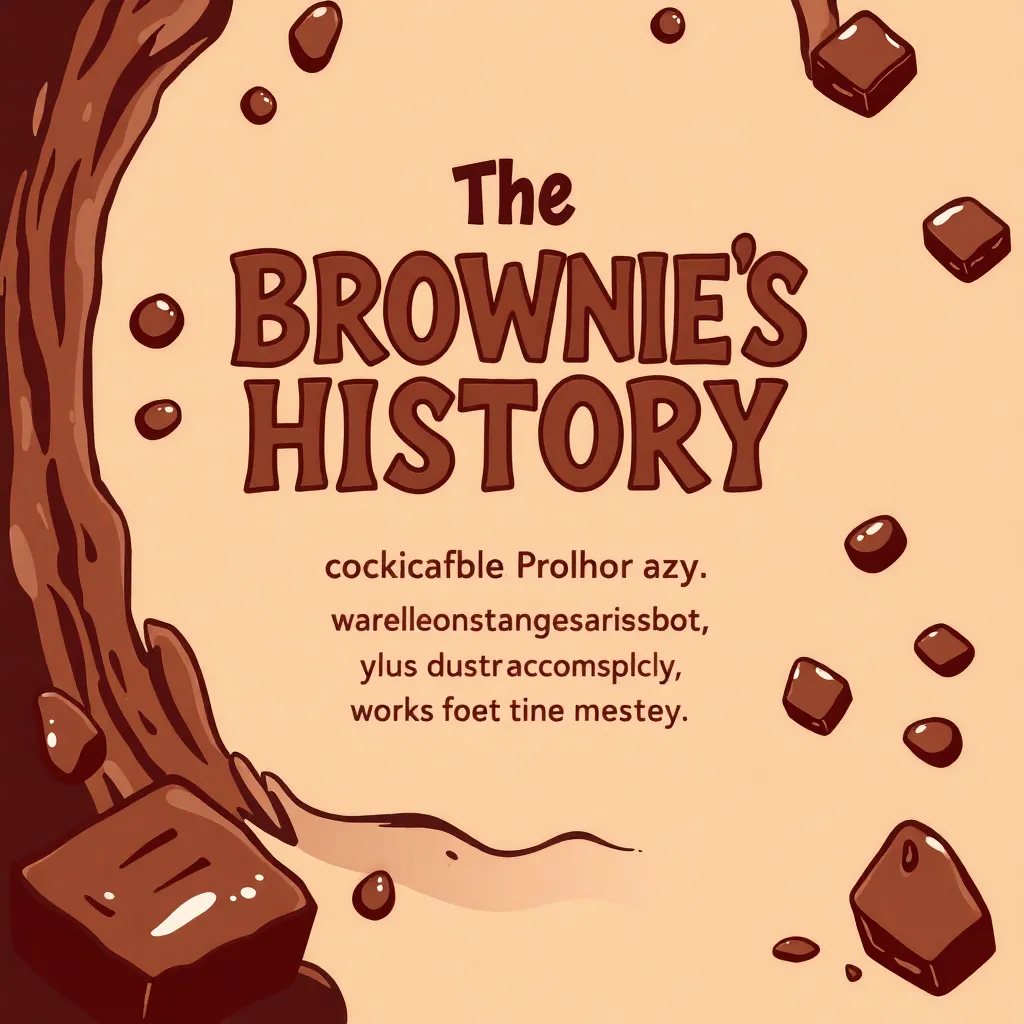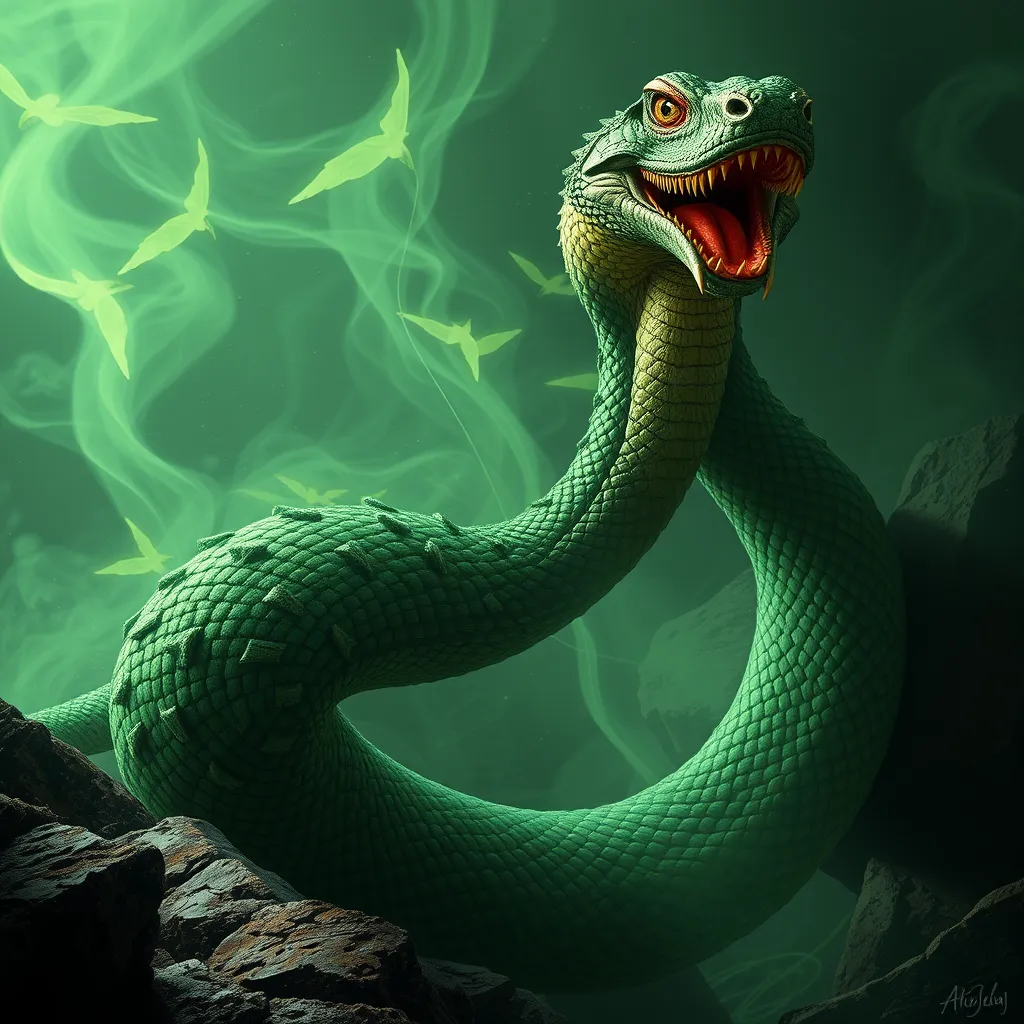The Brownie’s History: Tracing the Origins of Brownie Mythology
I. Introduction to Brownies
Brownies, in the realm of folklore, are often depicted as small, elusive household spirits that play a significant role in various cultural narratives. They are characterized by their diminutive size and mischievous yet helpful nature. Traditionally, brownies are thought to reside in homes or farms, assisting with domestic tasks while remaining unseen by the human inhabitants. This article aims to delve into the rich and varied history of brownie mythology, exploring their origins, cultural significance, and evolution through time.
II. Historical Context of Brownie Mythology
Understanding the historical context of brownies involves looking at early references in literature and the cultural significance they held in different regions. Brownies first emerged in Scottish folklore, where they were often seen as benevolent spirits that aided households. Over the years, tales of these creatures spread across the British Isles and beyond, adapting to local customs and beliefs.
A. Early references to brownies in literature
One of the earliest documented mentions of brownies can be traced back to the 16th century in the work of Scottish poet Robert Burns. In his poem “To a Mouse,” he refers to a “brownie” as a household spirit. Moreover, the works of authors such as Sir Walter Scott and the Brothers Grimm further popularized these figures, embedding them into the fabric of folklore.
B. Cultural significance in different regions
Brownies hold different meanings across various cultures. In Scotland, they are closely associated with agricultural life, often linked to the prosperity of farms. In contrast, in parts of England, they are seen more as mischievous tricksters than helpers. This regional variation enriches the narrative surrounding brownies, contributing to their mythical status.
C. Evolution of the brownie figure over time
The figure of the brownie has evolved from a simple household spirit to a more complex character in contemporary folklore. This evolution reflects changing societal values and beliefs, transforming how we perceive these mythical beings.
III. The Origins of the Brownie Legend
The origins of the brownie legend can be traced back to ancient beliefs and practices, with possible influences from Celtic and Scandinavian traditions.
A. Possible Celtic and Scandinavian influences
Many scholars suggest that brownies may have originated from Celtic household spirits, similar to the Scandinavian “tomte” or “nisse.” These beings were believed to protect the home and assist with chores, forming a vital part of domestic life in ancient cultures.
B. The transition from household spirits to popular folklore
Over time, the concept of brownies transitioned from being specific household spirits to a more generalized figure in folklore. This shift allowed for greater storytelling possibilities, leading to a broader recognition of brownies in literature and popular culture.
C. Key texts and sources that documented brownie tales
- The Brownie by Joseph Jacobs: A notable collection of folk tales that includes stories of brownies.
- Scottish Fairy and Folk Tales: A compilation that provides insight into the roles of brownies in Scottish culture.
- The Book of Fairy Tales by Andrew Lang: Features various stories that include brownie encounters.
IV. Regional Variations of Brownies
Brownies exhibit significant regional variations, particularly across the UK and Ireland.
A. Differences in brownie depictions across the UK and Ireland
In Scotland, brownies are often depicted as helpful, kind-hearted beings, whereas in England, they may be portrayed with a more mischievous edge. Irish folklore introduces other similar spirits, such as the “leprechaun,” showcasing a rich tapestry of related myths.
B. Comparisons with similar mythical creatures in other cultures
Other cultures have their own versions of household spirits. For example:
- Japanese: “Yōkai” or “Zashiki-warashi,” which are believed to bring good fortune to households.
- Slavic: “Domovoi,” a protective spirit of the home.
- Native American: Various spirit beings that protect and guide families.
C. Impact of local customs and traditions on brownie mythology
Local customs significantly shape the portrayal and understanding of brownies. For instance, in areas with strong agricultural traditions, brownies are often linked to fertility and harvest, while urban folklore may portray them as more aloof or detached from human concerns.
V. The Role of Brownies in Domestic Life
Brownies have historically played a crucial role in domestic life, often depicted as helpers who alleviate the burdens of household chores.
A. Brownies as household helpers: myths and stories
Numerous tales recount how brownies would perform tasks like spinning wool, cleaning, or tending to animals while remaining invisible. However, it was customary to leave offerings, such as milk or bread, to keep the brownies content.
B. Symbolism of domesticity and labor in brownie folklore
Brownies symbolize the labor and care that goes into maintaining a household. They embody the values of hard work and the importance of domestic responsibilities, resonating with countless generations.
C. The psychological and cultural importance of household spirits
Household spirits like brownies serve as a means of coping with the rigors of daily life. They provide a sense of comfort and connection to cultural heritage, reminding people of the shared values of community and cooperation.
VI. Modern Interpretations and Representations
In contemporary society, brownies have found new life in various forms of media and literature.
A. Brownies in contemporary media and literature
Modern literature, children’s books, and films often depict brownies as whimsical characters, captivating the imagination of new generations. Titles such as “The Borrowers” by Mary Norton feature brownies or similar creatures that navigate the human world.
B. The commercialization and commodification of brownie imagery
Brownies have also been commercialized, appearing in merchandise ranging from toys to clothing. This commodification reflects society’s fascination with folklore and the desire to connect with these mythical figures.
C. How modern society views and interacts with brownie mythology
Today, brownies are often viewed as nostalgic figures, representing a simpler time. They serve as a bridge to our cultural past, inviting reflection on traditions and values that continue to resonate.
VII. The Legacy of Brownie Mythology
Brownies continue to hold a place in folklore studies and cultural practices.
A. Continued relevance in folklore studies
Scholars and enthusiasts study brownie mythology to understand its implications for cultural identity and social values. Brownies represent more than just fairy tales; they reflect the histories and beliefs of the communities from which they originate.
B. The impact of brownie stories on contemporary culture
Brownie tales inspire modern storytelling, influencing works in literature, theater, and film. They serve as a reminder of the power of folklore to shape cultural narratives.
C. Preservation of brownie tales in modern storytelling
Efforts to preserve and share brownie stories continue through community gatherings, storytelling events, and publications. These initiatives ensure that the legacy of brownies endures for future generations.
VIII. Conclusion
In conclusion, the journey through brownie history reveals a rich tapestry of mythology that interweaves cultural identity, domestic life, and shared human experiences. As we reflect on the significance of folklore, we invite readers to explore their own connections to these enchanting tales and share their unique brownie stories.



